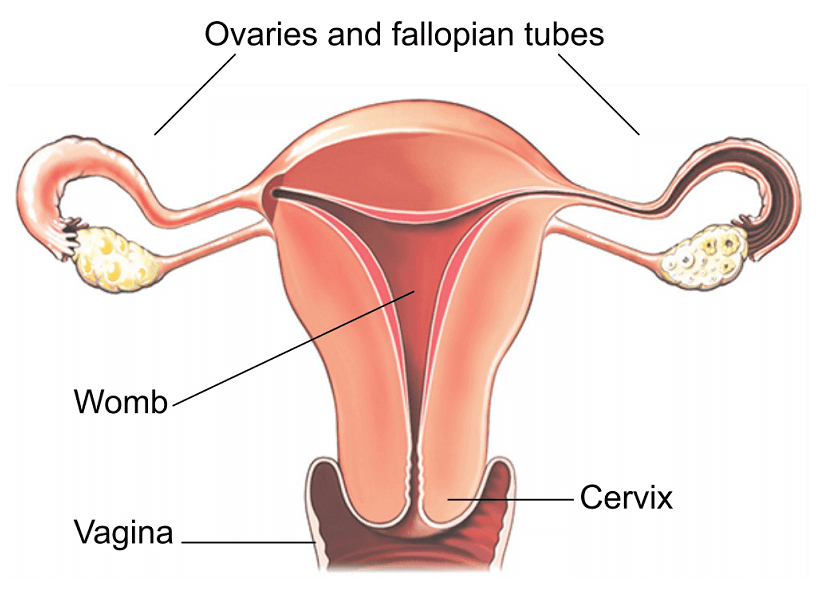
An abdominal hysterectomy is a surgical procedure that removes your uterus through an incision in your lower abdomen. Your uterus — or womb — is where a baby grows if you're pregnant. A partial hysterectomy removes just the uterus, leaving the cervix intact. A total hysterectomy removes the uterus and the cervix.
Sometimes a hysterectomy includes removal of one or both ovaries and fallopian tubes, a procedure called a total hysterectomy with salpingo-oophorectomy.
A hysterectomy can also be performed through an incision in the vagina (vaginal hysterectomy) or by a laparoscopic or robotic surgical approach — which uses long, thin instruments passed through small abdominal incisions.
An abdominal hysterectomy may be recommended over other types of hysterectomy if:
• You have a large uterus.
• Your doctor wants to check other pelvic organs for signs of disease.
• Your surgeon feels it's in your best interest to have an abdominal hysterectomy.
You may need a hysterectomy to treat:
• Gynecologic cancer.
• Fibroids.
• Endometriosis.
• Uterine prolapse.
• Abnormal vaginal bleeding.
• Chronic pelvic pain.
Risks
A hysterectomy is generally very safe, but with any major surgery comes the risk of complications.
Risks associated with an abdominal hysterectomy include:
• Blood clots
• Infection
• Excessive bleeding
• Adverse reaction to anesthesia
• Damage to your urinary tract, bladder, rectum or other pelvic structures during surgery, which may require further surgical repair
• Earlier onset of menopause even if the ovaries aren't removed
Source
https://www.mayoclinic.org/tests-procedures/abdominal-hysterectomy/about/pac-20384559